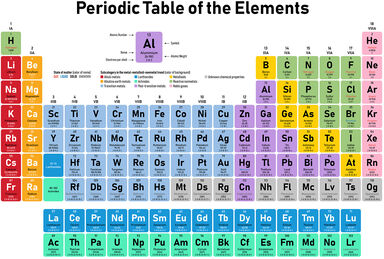Soon after quitting the uterus it is joined by a long duct leading from a glandular sac, the spermatheca (Rf).
A condition equivalent to the above, and necessarily connected with it, is, that at each pair of points of contact the inclinations of the curves to their radii-vectores shall be equal and contrary; or, denoting by r1, rf the radii-vectores at any given pair of points of contact, and s the length of the equal arcs measured from a certain fixed pair of points of contact dri/ds= drm/ds; (18)
Additionally, - The ' volume control ' on the audio amp provides a convenient method of adjusting RF output power.
This is achieved using a specially designed splitter box to feed each dipole antenna with the correct RF signal phase.
Brain, spleen, marrow and peripheral blood morphological research was also carried out under the same conditions of animal RF EMF irradiation.





